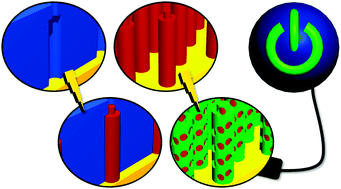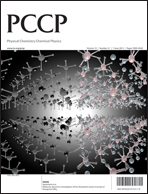Controlled electrochemical deposition and transformation of hetero-nanoarchitectured electrodes for energy storage
Abstract
A review of electrochemically synthesized nanomaterials with different controllable architectures for electrochemical energy storage devices is shown. It is demonstrated that these nano-architectures can be created either by electrodeposition or by the electrochemical transformation of materials. Electrochemical synthesis is presented here as it provides intimate contact between the electrode and current collector and also promotes an electronic pathway for all materials to be connected to the circuit. Although still in their infancy, electrosynthesized nano-architectures show promise to be used in future electrochemical energy storage devices as utilization of this method bypasses the need for bulky conductive additives and electrochemically inactive binders. Furthermore, electrochemical transformations can be used to create additional architectural features or change the chemical make-up of the electrode. This review is meant to show the creativity of current science when it comes to these nano-architectured electrodes. It is organized by technique used for synthesis including hard template, soft template, and template-free synthesis along with electrochemical transformation techniques.


 Please wait while we load your content...
Please wait while we load your content...